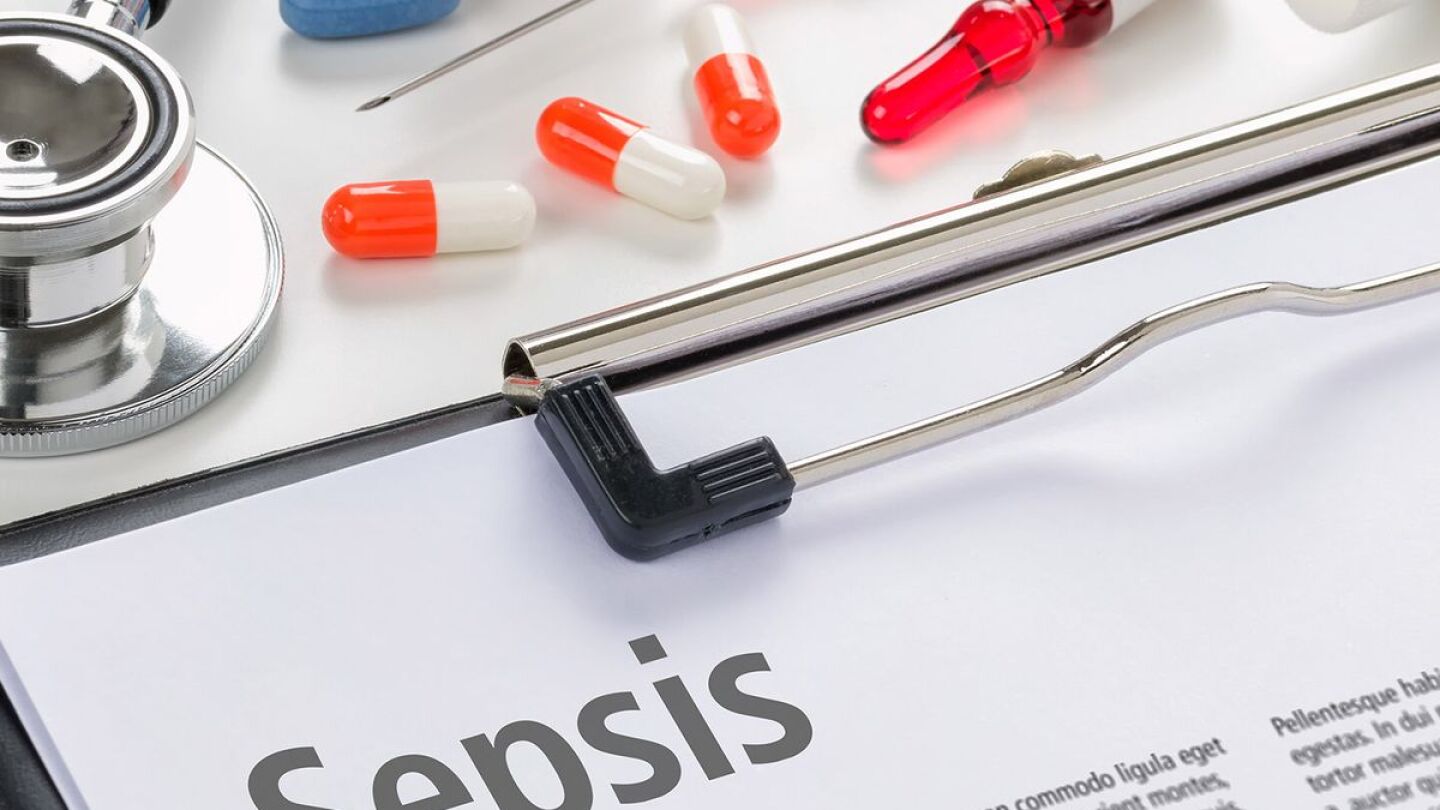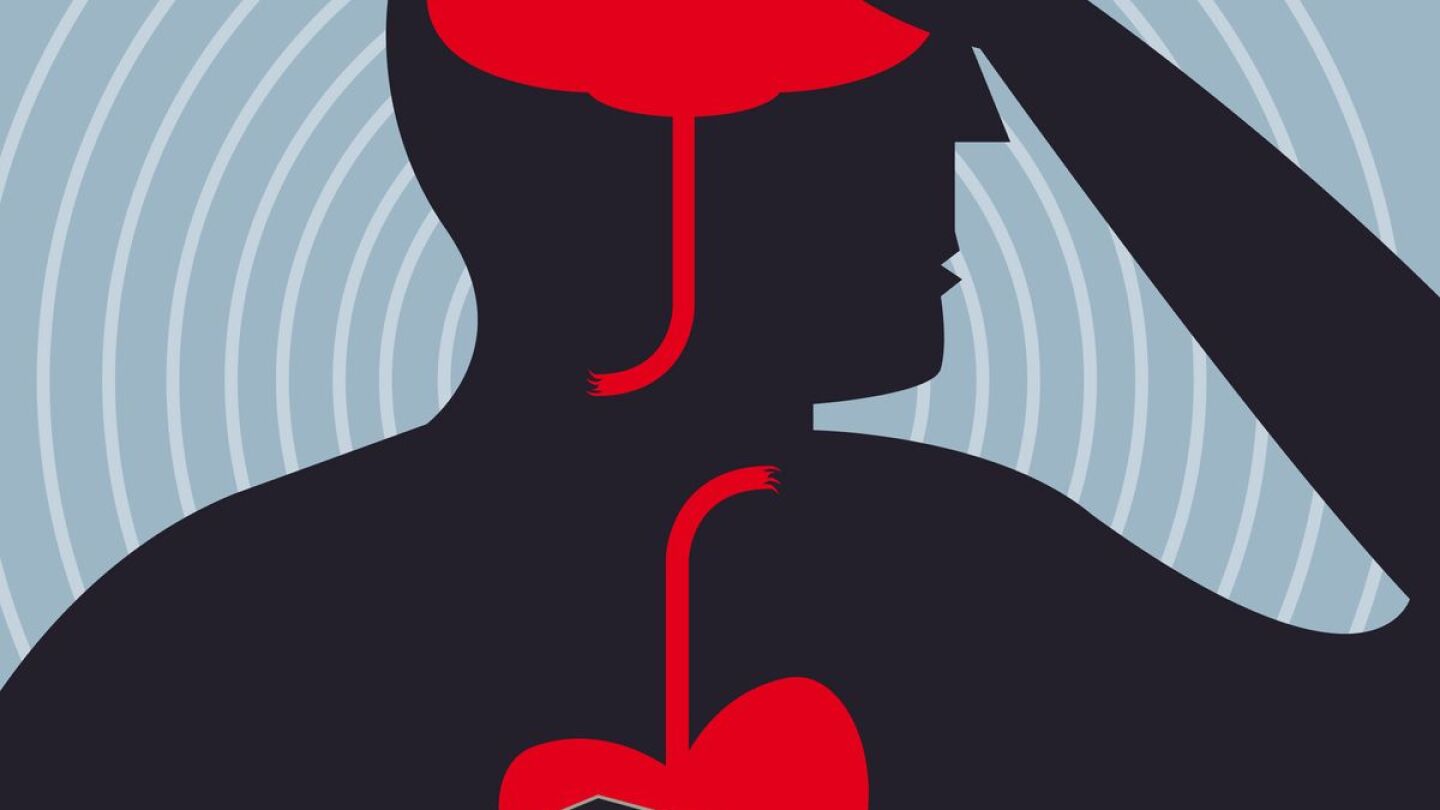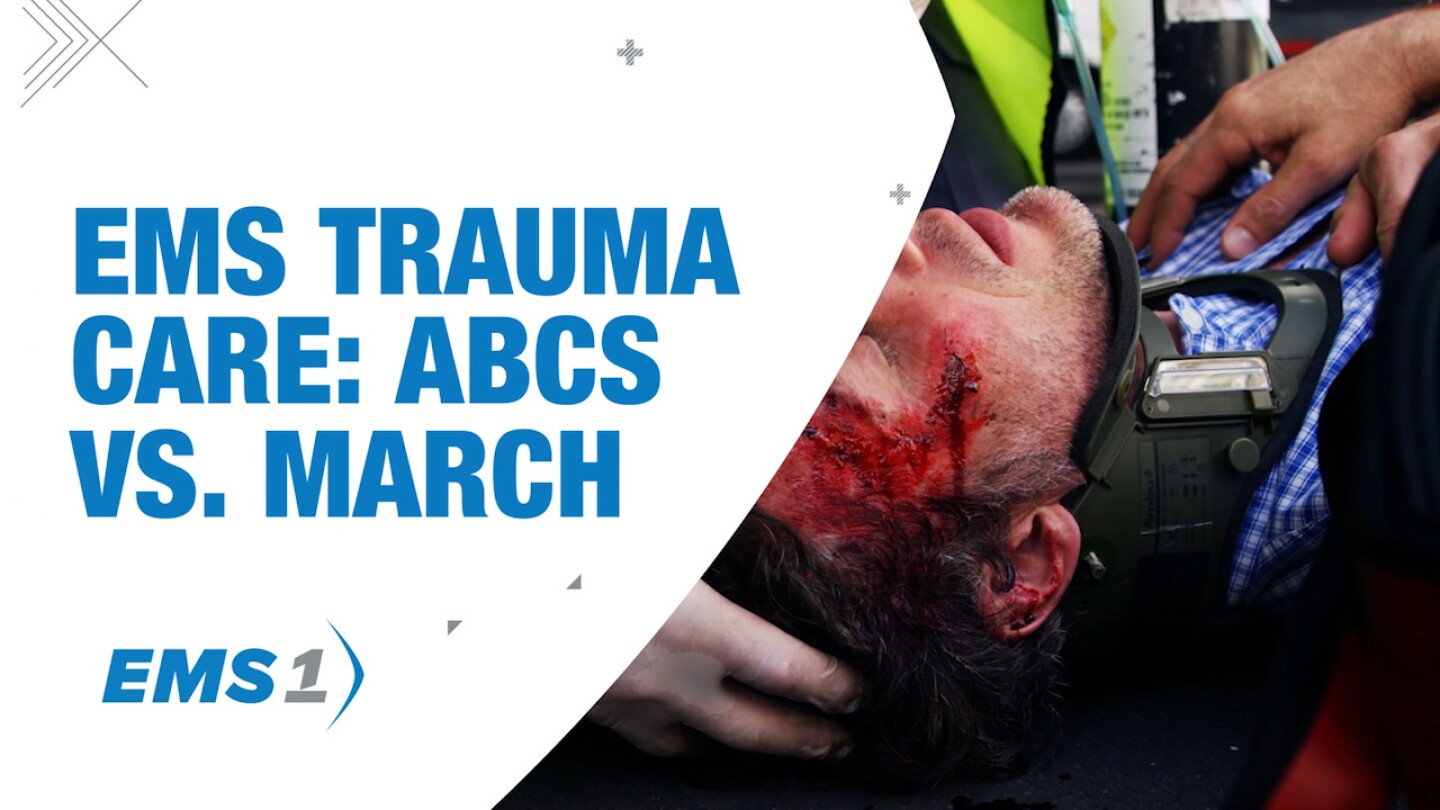Patient Assessment
Patient assessment is the process an EMT or paramedic follows to evaluate an injured or ill patient. The process includes a scene size-up, which is the identification and mitigation of risks, a primary assessment to find and fix life threats and a secondary assessment to perform a focused history and physical exam of the patient. Each step is an opportunity to collect information that will guide treatment and inform a transport decision. In the EMS1 Patient Assessment topic find the latest news about patient assessment and top resources to improve your patient assessment skills.
Dr. Joelle Donofrio-Odmann discusses diseases of the upper and lower airways
Understand how monitoring tools can be used to guide treatment for COPD exacerbations
As you apply BLS and ALS protocols, this case is a reminder to thoroughly, thoughtfully and compassionately assess and treat patients, erring on the side of caution
City leaders say the proposed fees could save taxpayers millions and push care facilities to improve how they assist residents
A leaking gasket on a truck released anhydrous ammonia outside a hotel in Weatherford, injuring five officers and sending 45 people to hospitals
Crush syndrome can be expected following any event where patients are trapped for a length of time
A bus carrying teens and young adults from Our Lady of Guadalupe in Santa Ana overturned on a winding San Bernardino Mountain highway, injuring 26 and sending 20 to hospitals
A passenger transport struck a concourse dock at Washington Dulles International Airport, sending 18 people to hospitals
Pittsburgh EMS and firefighters executed coordinated rope and ladder operations to remove 29 passengers from two stalled rail cars
Wrightsville Firefighter Chad Wombles’ right hand and left thumb were severed in an unprovoked attack before a police officer fatally shot the attacker
The harsh reality of end-of-life care — and the moral injury it inflicts on caregivers
EMS crews used a Stokes basket and rope system to rescue the critically injured man after he fell from the Acrisure Stadium’s main scoreboard
Several students became ill after eating candy a classmate brought to the Rancho Cordova school that resembled regular sweets but contained THC
The St. Charles County Ambulance District is using senior volunteers to simulate real-world calls and improve fall injury assessments
Design your training scenario to include increasingly complicated sepsis symptoms to test EMS providers’ differential diagnosis skills
In this episode learn the 5 diagnoses for altered mental status that can kill your patient emergently
Inspired by her 4-year-old with autism, Virginia Beach Paramedic Bailey Hartley’s kits equip crews with sensory tools to cut overload and improve communication
Paramedics push back on Indiana county’s new agreement allowing fire department medics to assist in DUI blood testing, citing ethical and legal concerns
Now that I have half a dozen or so of these experiences under my belt, here’s what to expect when responding to a medical assistance call on a flight
5 insidious partner issues to avoid so that patients feel safe in our care
Learn what to look for, including non-discernible P-waves
Learn what to look for, including absent P-waves, to identify ventricular tachycardia
Sensory differences aren’t always visible — but they can dramatically affect how patients react during emergencies. Learn how EMTs can identify and respond with care.
This advanced life support framework can help improve your trauma care
In this eBook, learn about optimal patient positioning, securing an airway with facial trauma involvement and the benefits of the bougie in airway management
Single Onslow County paramedics will handle lift assists and minor calls, keeping ambulances free for high-acuity emergencies
Why your next “general malaise” call could be a ticking time bomb
A school police officer deployed pepper spray during a lunchtime brawl in a Palm Beach County high school
Steve Whitehead asks the tough question: Are life-saving interventions turning deadly when managing behavioral health emergencies?
Holland firefighters contained a hazardous materials leak at the LG Energy Solutions battery plant
Monitoring AVPU and other vital signs will help determine if the patient is improving, worsening or responding to treatment
Alexandria Police Officer Whitney Buerger, once saved by an AED herself, delivered a shock that revived a man in cardiac arrest
ESO’s Auto-Generated Narrative for EHR shifts EMS documentation from manual typing to one-click review, freeing medics for patient care
MOST POPULAR
- Minneapolis FD incident report documents Renee Good’s condition upon paramedics’ arrival
- La. health department, Acadian Health begins pilot program to keep ‘super-utilizers’ out of EDs
- 30 feet to catastrophe: The price of a higher wall — injuries at the U.S.-Mexico border
- Why it’s not just about lights and sirens
- EMS1 readers respond: DUI blood draws blur lines



































